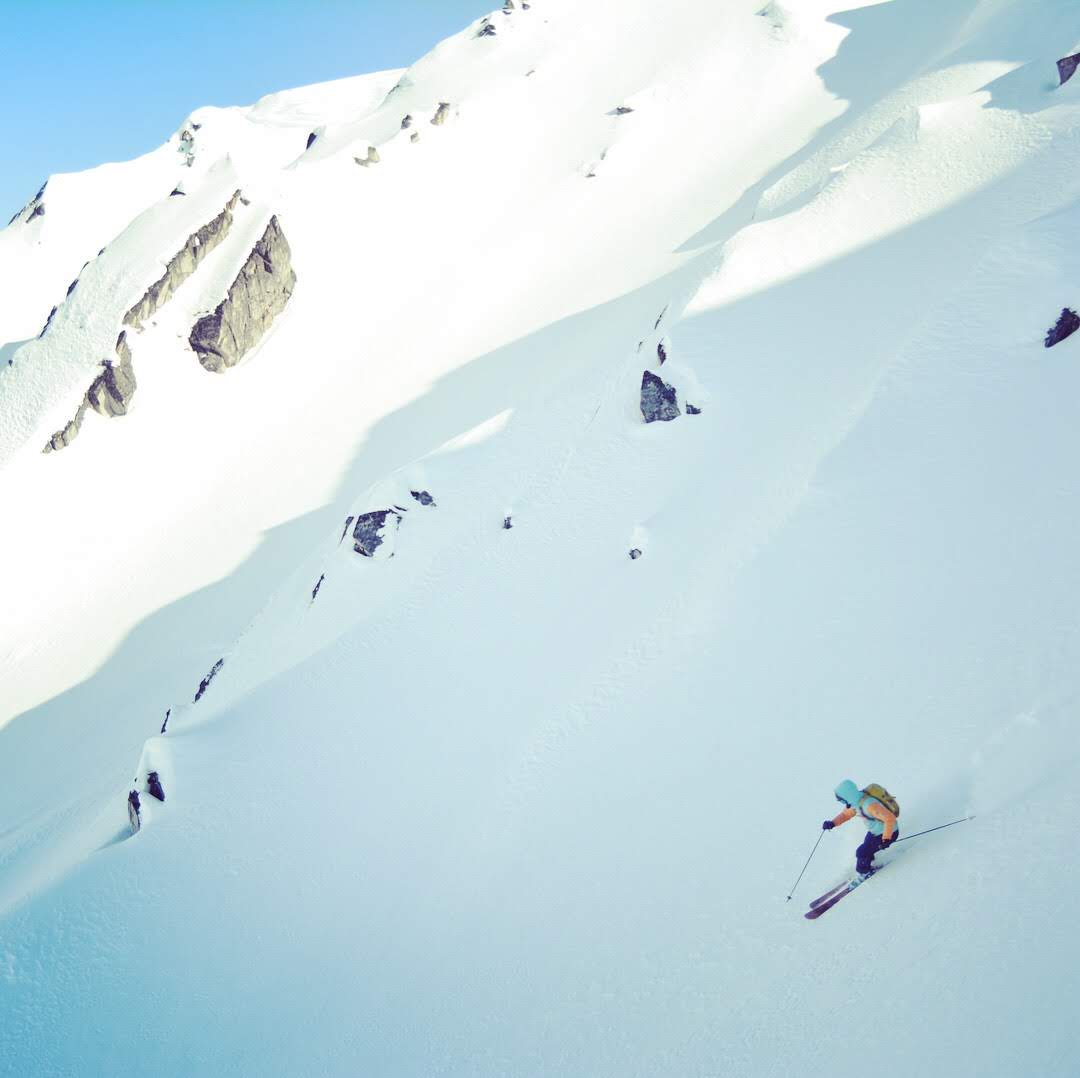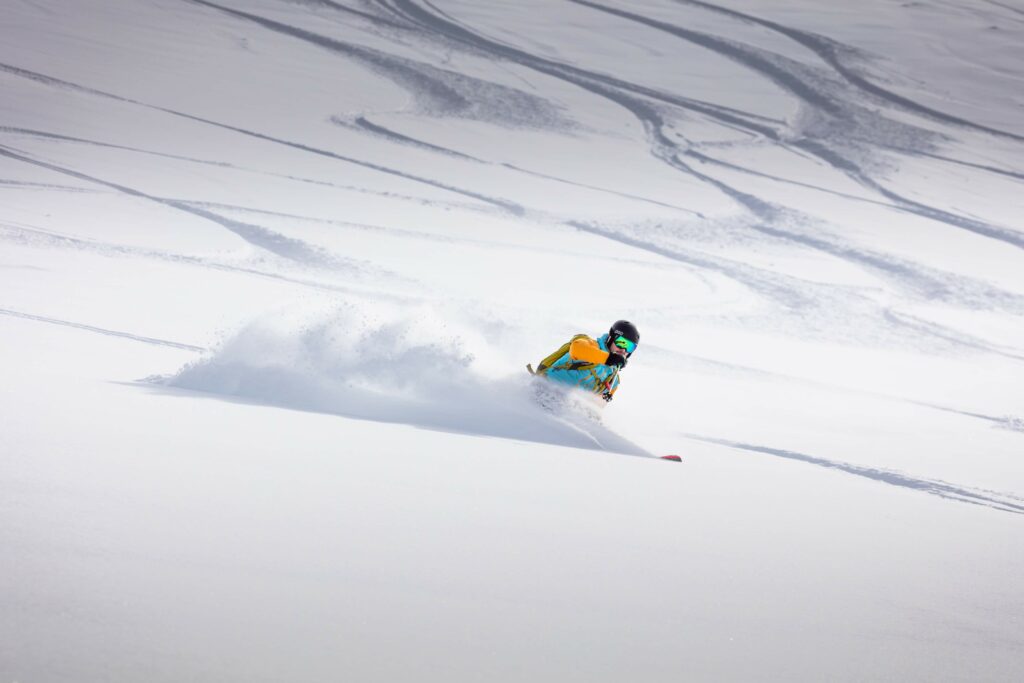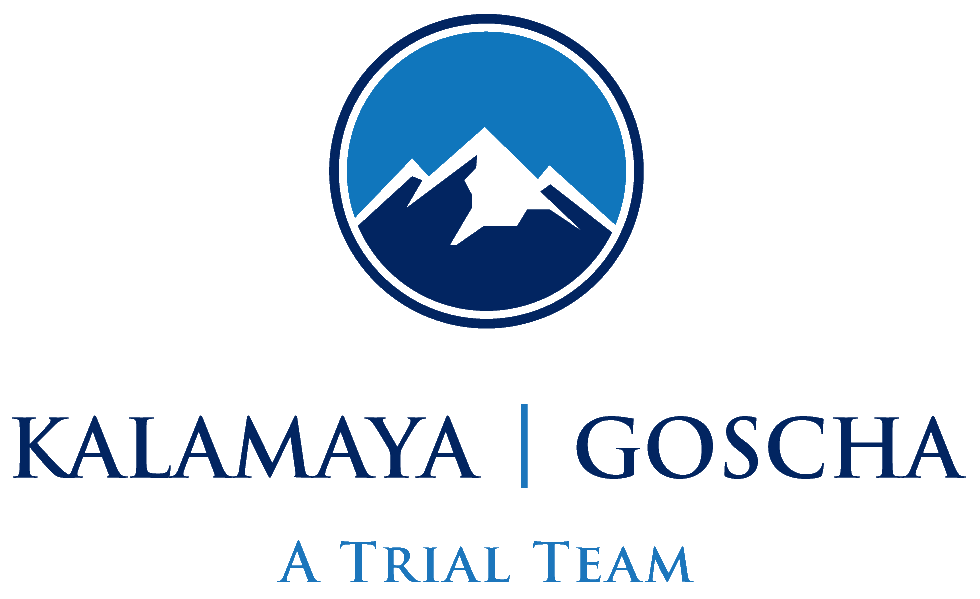Keystone Ski Accident

You were having fun with friends and family at Keystone. It felt good to be outside in the fresh air after months of being inside because of COVID. You were making your turns along River Down or Jackwhacker and enjoying the snow when it happened.
He was out of control. He was going too fast. Maybe he was drinking or smoking weed on the lift. He hit you from behind. You didn’t have a chance. Ski patrol loaded you up in the sled and managed to hit every bump on the way down. It hurt. Bad.
Then you went to St. Anthony Summit Medical Center and underwent surgery by a surgeon with Steadman. How much is this going to cost? What if I have to miss work? My season is done? Why did this happen to me?
Keystone Ski Injuries: A Legal Guide
You came to Keystone for a reason: to ski or snowboard. As a skier or snowboarder, collisions on the mountain present a serious risk for injuries in Colorado. Often skiers and snowboarders who lose control or who are not paying enough attention can cause dangerous collisions that result in serious injury or death.

Ski Injury Data
Recent data from the Colorado Department of Public Health and Environment shows up to 55 injured skiers and snowboarders arrive in Colorado emergency rooms each day. There were 4,100 skiers and snowboarders that were transported to emergency rooms in ambulances in 2018, 2019, and 2020. This average comes out to about 10 skiers per day during a season. Statistics show more than a third of the 1,426 skiers and snowboarders admitted to Colorado’s trauma centers in the 2017-2018 season required immediate surgery.
The National Ski Areas Association gathers reports from the country’s ski areas and tracks “catastrophic injuries,” which it defines as “significant neurological trauma, major head injuries, spinal cord injuries resulting in full or partial paralysis and injuries resulting in the loss of a limb.” Over the past decade, the association has counted an average of 45 catastrophic injuries a season nationwide.
What Are Your Options?
Suing Ski Resorts:
Colorado ski resorts, including Vail Resorts, which owns Keystone, routinely require customers to sign a waiver before stepping foot on the ski hill. VR also includes an abbreviated copy of that waiver on a ski pass. Ultimately, these waivers almost always hold up in court. If you signed a waiver stating that you agree not to hold Vail Resorts liable for a ski accident or faulty equipment, Colorado courts will likely dismiss the claim.
The exceptions under the Skier Safety Act of 1979, §33-44-101 through §33-44-114, state that you can sue a ski resort if you are injured while riding a ski lift or gondola. Improper maintenance and negligent operation of a ski lift is a common cause of ski injuries. A Keystone ski lift operator is responsible for abiding by weight limits and ensuring a proper speed that allows passengers to get on and off safely.
Suing other Skiers or Snowboarders:
If an injury was caused by another skier or snowboarder at Vail, that person can be sued. Typically, a personal liability policy on a homeowners insurance or umbrella policy will cover this type of accident.
Colorado law presumes that uphill skier or snowboarders are at fault in the event of a collision. However, if another skier or snowboarder at Keystone is behaving recklessly and causes the personal injury, they can be held accountable for their actions.
Legal Steps to Take
If you were involved in a skiing accident, the first thing to do is to report your injury to Keystone Ski Patrol and make sure everything is documented. You should ensure you have all of the correct contact information of all parties involved, including written reports. It is important to get as much information about the accident as you possibly can. Take pictures, take video, and make sure you get information of any possible witnesses to the injury.
If you suffered injuries during your ski accident, the next important step is to be examined by a medical provider. Going to the emergency room will document any injuries that were caused on the hill and will ensure that you get the best treatment.
Lastly, you should consult with a ski lawyer to consider whether it makes sense to bring a claim against the opposing skier or their insurance. Making an effective claim entails analyzing the case’s damages and demanding a settlement. If a claim cannot be resolved, a lawsuit and trial may be required to determine a person’s liability and damages.
Keystone ski accident cases are complex, and your unique situation deserves a close inspection by an experienced attorney.
Hiring a Keystone Ski Accident Lawyer
We represent locals and tourists in Keystone on ski injuries because we are passionate about the sport of skiing. Our managing partner, Ryan Kalamaya, grew up skiing at Keystone and clocks approximately 80 days a year skiing. He was a deputy district attorney for the 5th Judicial DA’s Office and prosecuted several high-profile cases in Summit County. Associate attorney, Michael Fox, used to be a snowboard instructor before going to the University of Colorado Law School.
If you suffered a ski or snowboard injury at Keystone, our ski accident attorneys can help you.

